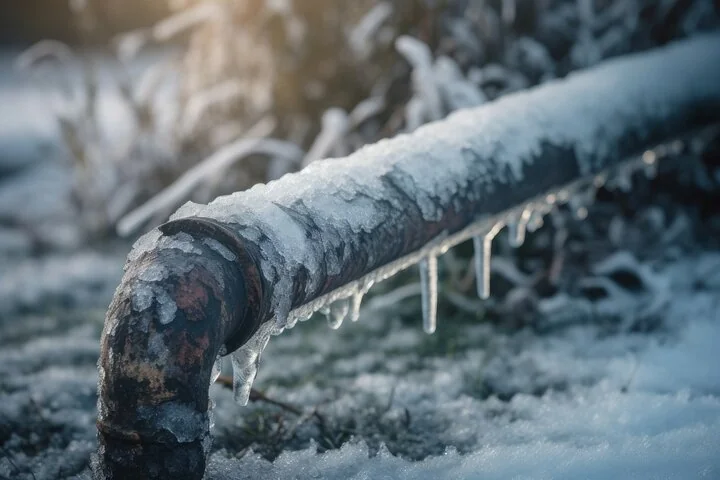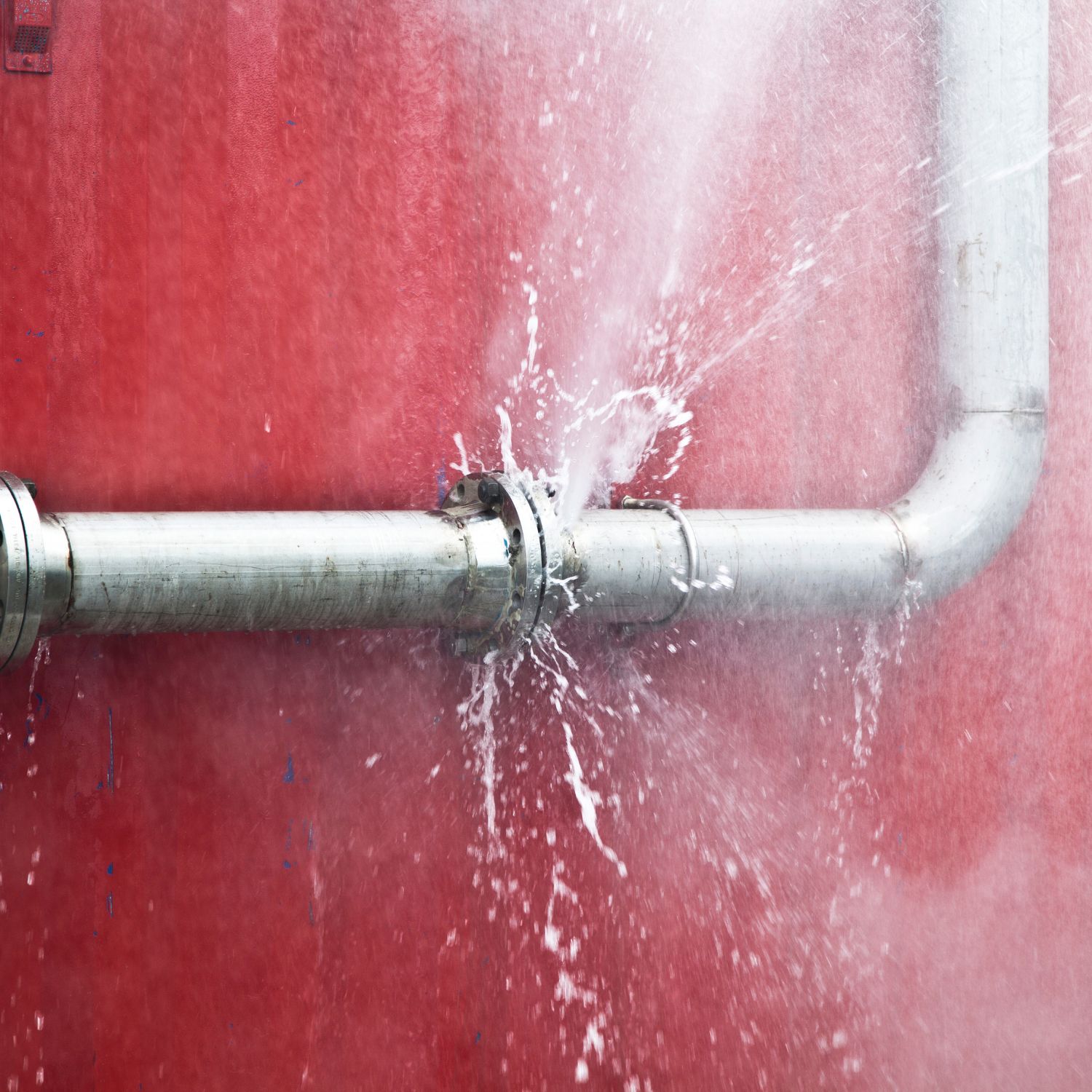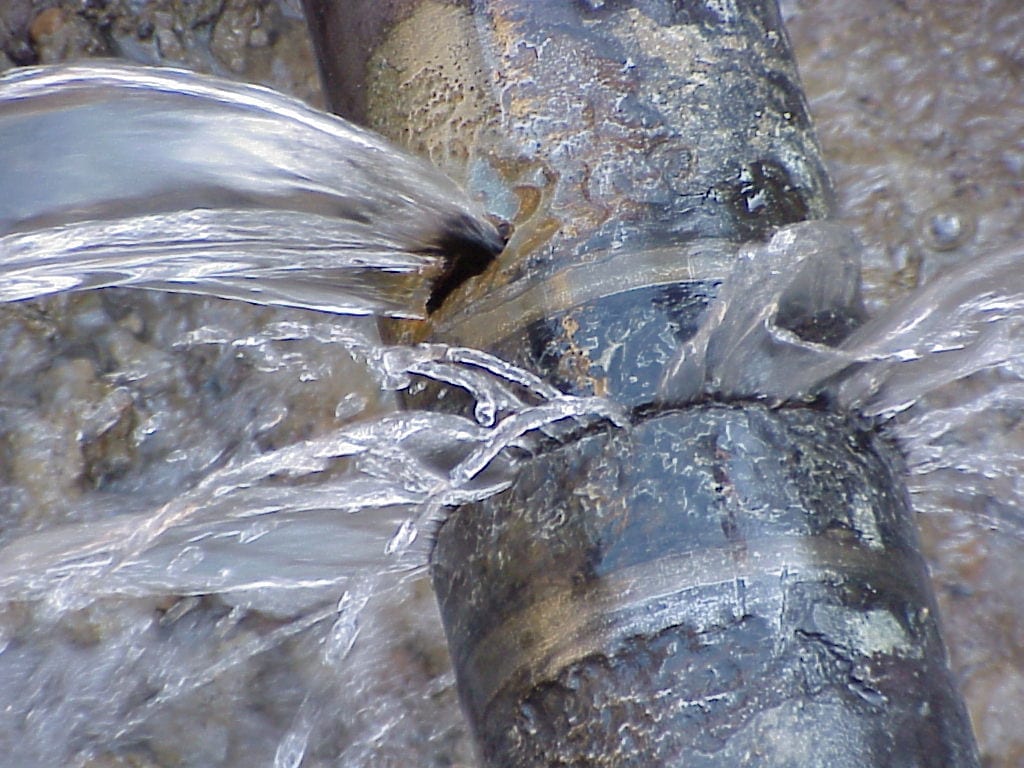How to Fix a Burst Pipe Yourself: A Step-by-Step Guide for Homeowners
What to Do When a Pipeline Bursts: Immediate Steps for Home Owners
A pipe burst can be a property owner's worst nightmare, resulting in significant damage otherwise attended to immediately. The instant response is crucial: initially, locate the resource of the leak and shut off the major water valve to avoid more flooding. Following this, draining pipes the pipes comes to be necessary to alleviate additional concerns. Several property owners overlook the significance of documenting the damages for insurance policy claims, and the procedure doesn't finish there. Recognizing the thorough steps to take can have a profound influence on recovery and repair initiatives. What follows next is crucial for effective resolution.

Examine the Circumstance
Begin by identifying the resource of the leak; this may include inspecting the area around the burst pipe for visible signs of water retreat. If the burst happened in a concealed area, such as within a wall surface or under a flooring, look for water discolorations or pooling that may suggest the area.
Check for electric cords that may be subjected to water, as this poses a substantial danger of electrocution. Furthermore, take note of any type of beneficial things or furnishings that might be at risk of water damage.
Documenting the damages via pictures can likewise be useful, especially for insurance coverage cases. Time is of the essence, as standing water can bring about mold and mildew growth and more structural damages. By thoroughly assessing the circumstance, you will certainly be much better prepared to take the needed steps to minimize further problems occurring from the burst pipeline.
Turn Off the Water
The prompt top priority after determining a ruptured pipeline is to turn off the water to avoid more flooding and damages. Find the primary shut-off valve, commonly found near the water meter, in the cellar, or on an exterior wall. Turning this valve clockwise will certainly stop the circulation of water throughout your home, minimizing the risk of considerable water damages.
If you are incapable to locate the main shut-off valve or if it is malfunctioning, you may need to shut off specific valves connected to the influenced pipe, if obtainable. Some homes also have secondary shutoffs for specific home appliances, such as cleaning equipments or dishwashing machines.
It's advisable to acquaint on your own with the location of these shutoffs prior to an emergency occurs, as this understanding can conserve useful time during a dilemma. On the occasion that the major valve is stuck or difficult to transform, do not force it; rather, think about looking for specialist assistance.
Once the water supply is closed off, take a moment to evaluate the circumstance better while preparing for the next actions, guaranteeing that your home is as safe as feasible from extra water invasion.
Drain Pipes the Pipelines
After turning off the water, it is crucial to drain the pipelines to minimize any remaining water that can lead to added damages. Begin by opening up all taps in the home, beginning with the highest level to the most affordable. This process urges the water to move out completely, permitting gravity to aid in getting rid of residual water from the pipes.

Be mindful when draining pipes warm water, as it can trigger burns. Enable the water to exit up until the circulation ceases. Utilize towels or a damp vacuum to soak it up if you observe any type of continuing to be water merging. Properly draining the pipelines is important to avoid additional problems and aids secure your home from added water damage during this stressful circumstance.
Call an Expert
In the wake of a ruptured pipe, getting in touch with an expert plumbing professional is vital to guarantee a thorough evaluation and reliable fixings. Attempting to handle the circumstance without experienced aid can cause additional damages and issues. An accredited plumber has the expertise and specialized tools necessary to recognize the this post origin of the leak and address it efficiently.
When picking a plumbing professional, focus on those with a solid track record and relevant experience in emergency situation plumbing solutions. Examining on-line testimonials, obtaining recommendations, and confirming credentials can assist you make an educated choice. It is recommended to call several specialists to compare reaction times, approximated prices, and service offerings.
When you have actually engaged a plumbing technician, provide them with as much info as feasible regarding the incident, consisting of the location of the ruptured pipe and the actions you have actually currently taken. This information will aid them in identifying the concern quickly and properly.
Document the Damage
When a plumbing has actually been spoken to and the prompt concerns addressed, it is very important to document the damage brought on by the burst pipeline. This action is vital for both insurance coverage cases and possible fixings. Begin by taking clear photographs of the affected locations, concentrating on noticeable damages to wall surfaces, flooring, and furnishings. Guarantee that images record various angles and distances to give an extensive sight of the situation.
Next, assemble a breakdown of harmed items, including their approximate worth and any pertinent purchase details. This inventory should include irreversible fixtures, personal items, and any type of architectural damage observed. Consist of the approximated cost of repairs based on specialist assessments or previous quotes for similar job. if possible.
In enhancement to written and aesthetic documents, keep records of any kind of interactions with your plumbing professional and insurance policy provider. By taking these actions, you will be better prepared to navigate the after-effects of the event.

Verdict
Immediate assessment of the scenario, adhered to by closing off the main water supply, is important. Draining the pipes and documenting the damage ensures appropriate handling of the event for insurance functions.
The instant top priority after identifying a ruptured pipe is to close off the water supply to protect against more flooding and damages. Transforming this shutoff clockwise will quit the circulation of water throughout your home, reducing the threat of considerable water damages.
After closing off the water supply, it is crucial to drain link the pipes to reduce any remaining i thought about this water that can lead to extra damage. For homes with a hot water heating system, you need to likewise drain the storage tank by linking a tube to the drain valve and guiding the water into an appropriate container or exterior.
Effectively draining pipes the pipelines is essential to protecting against more problems and aids secure your home from added water damage throughout this stressful circumstance.